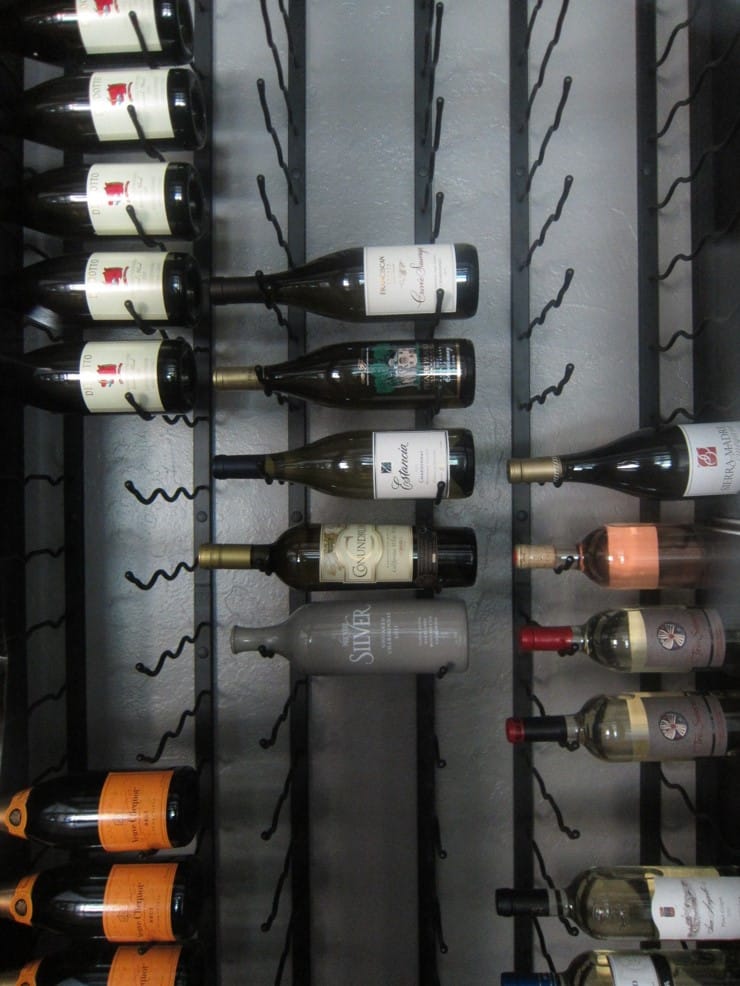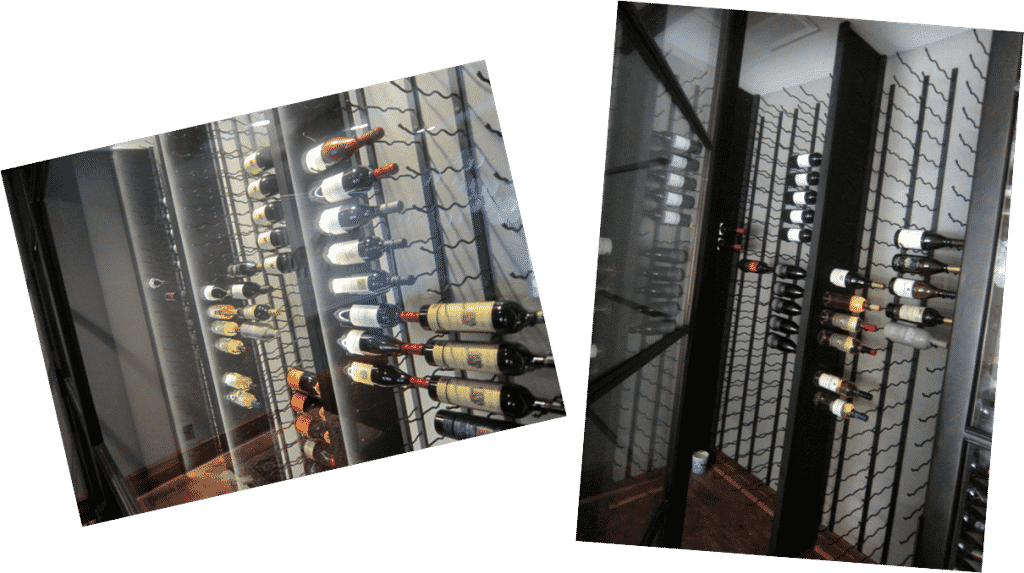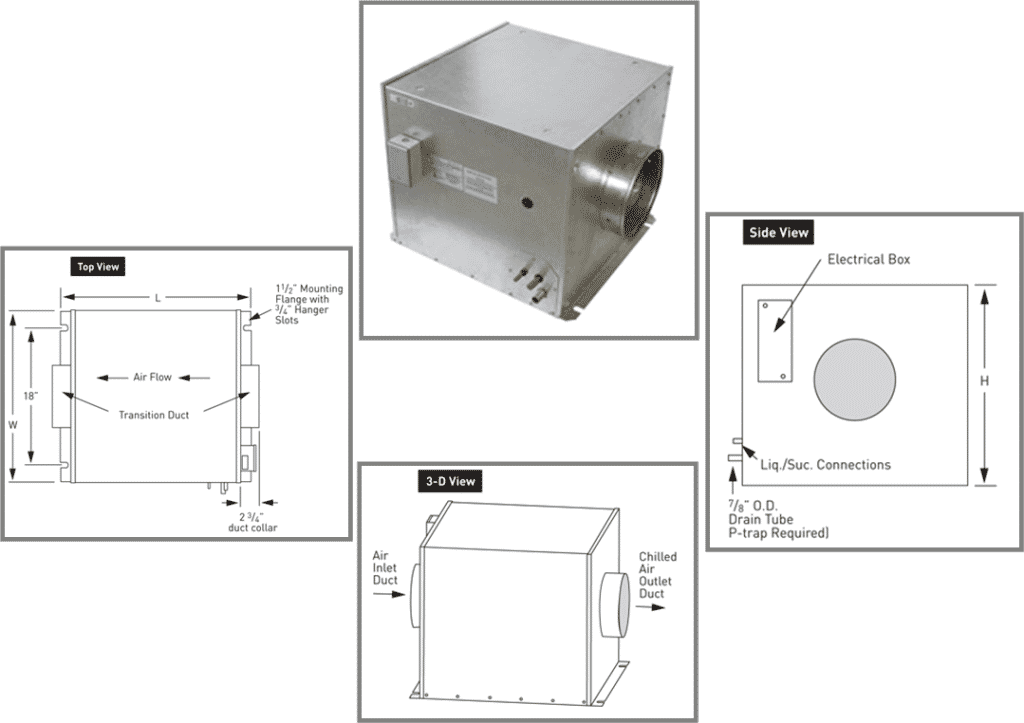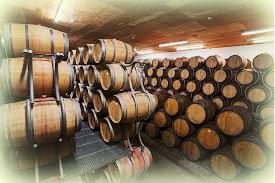 Check out this contemporary wine room project by Wine Cellar Specialists one of our top dealers in Texas!
Check out this contemporary wine room project by Wine Cellar Specialists one of our top dealers in Texas!
About the Project
A climate-controlled environment is required for preserving wine the right way, allowing its desirable characteristics to be released when opened. When storing wine, harmful external factors such as heat and vibration must be avoided.
The major enemy of wine is heat. Too much heat will spoil the wine. Vibration also affects the chemical composition of wine.
A slow aging process is essential for wine to develop its complex flavors and aromas, which may be achieved within years. Vibration is known to accelerate wine’s aging process, which can result in a flat taste and aroma
For a serious wine collector, the wine cellar is the best wine storage solution to keep his collection safe. It is important that you choose a wine cellar designer and builder to ensure that the optimal conditions are achieved.
We at US Cellar Systems offer quality and efficient wine cooling systems to meet our clients’ needs. Wine Cellar Specialists, one of our wine cellar refrigeration systems installers, has completed a home wine cellar in White Rock Lake, Dallas, TX.
Highly Efficient Wine Cellar Refrigeration System installed by Wine Cellar Specialists Texas
In this project, Wine Cellar Specialists chose a US Cellar Refrigeration Systems unit. The wine refrigeration unit used was an HS4600 ducted split system. This type of climate control system does not require an adjoining room where the air will be vented, because the condenser can be placed outside your Dallas, TX wine cellar. Instead, the air is ducted to and from the wine storage room.
Lesser noise and vibration is another good thing about using the HS Series. Also, since no equipment is visible in the room, this cooling option is suitable for those who want to maximize their storage space while keeping a clean look. For this project, the evaporator and compressor were situated underneath the floor.
Watch the video of this residential custom wine cellar project in Dallas Texas below.
For any of your wine cellar cooling needs, visit our website at https://www.winecellarrefrigerationsystems.com/. Our products are also widely used in wine closets, wine cabinets, restaurant wine bars, hotels, and other commercial establishments. Click here to view our pricing.





























